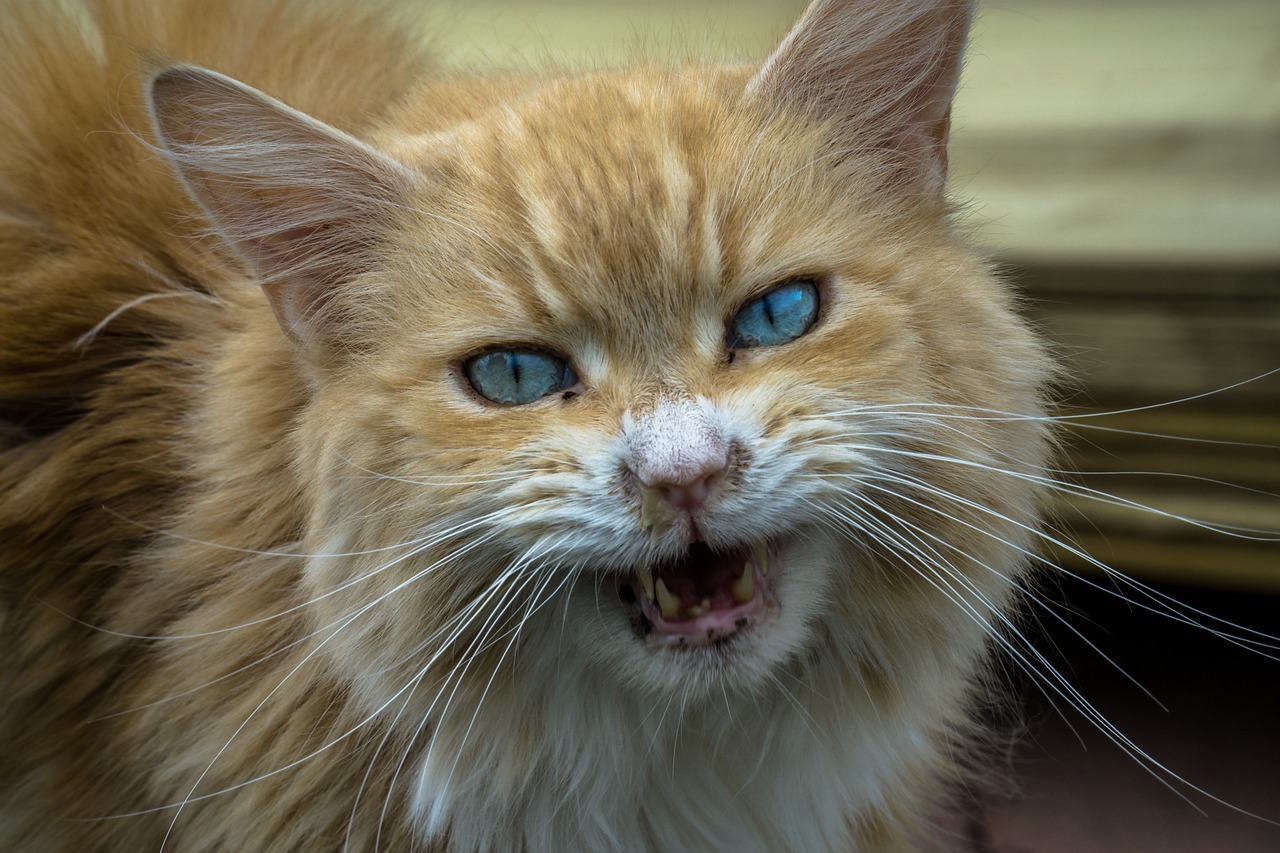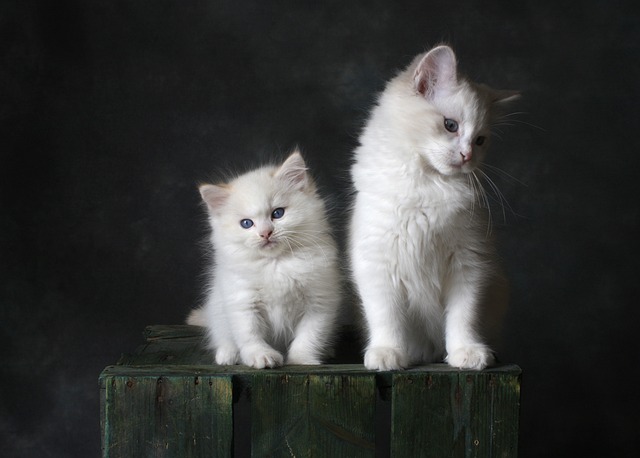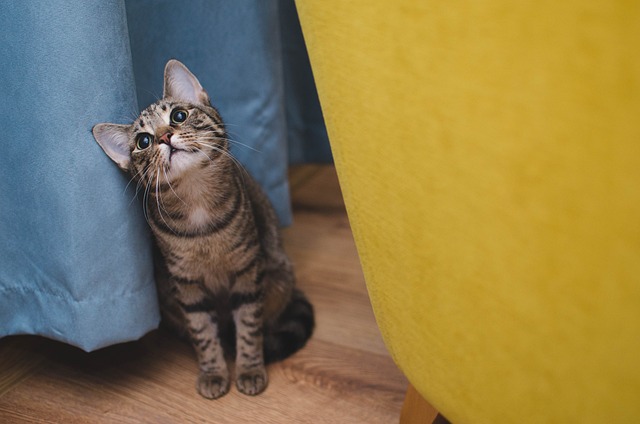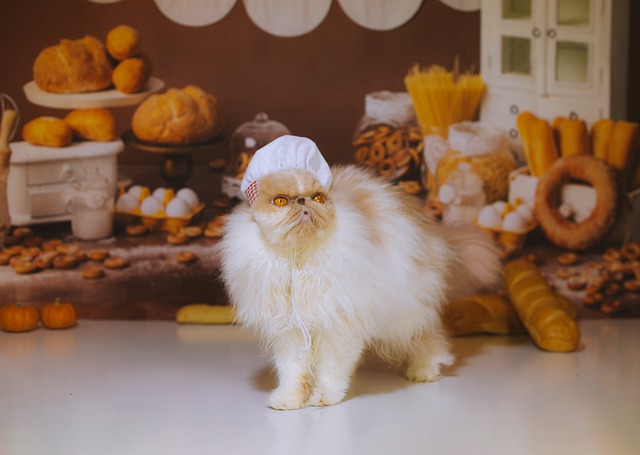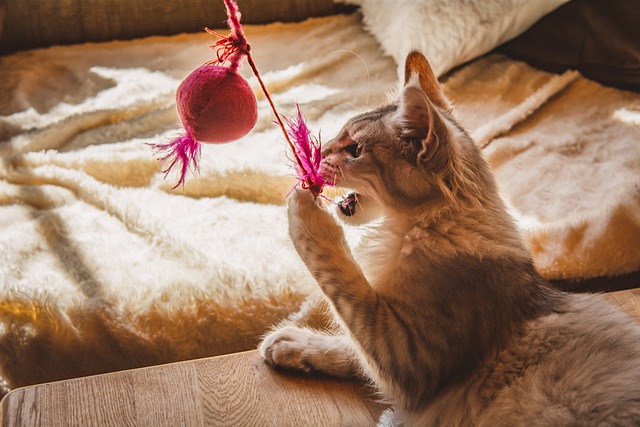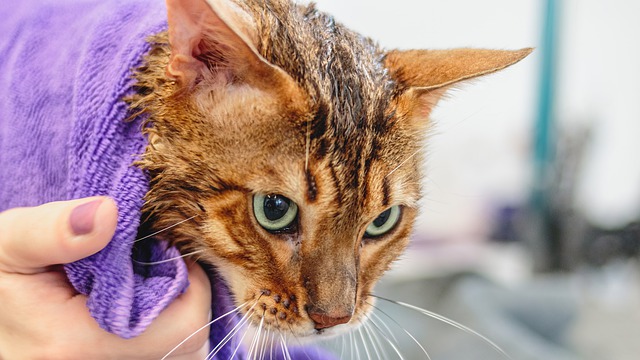Persian Cats Origins And Behaviours
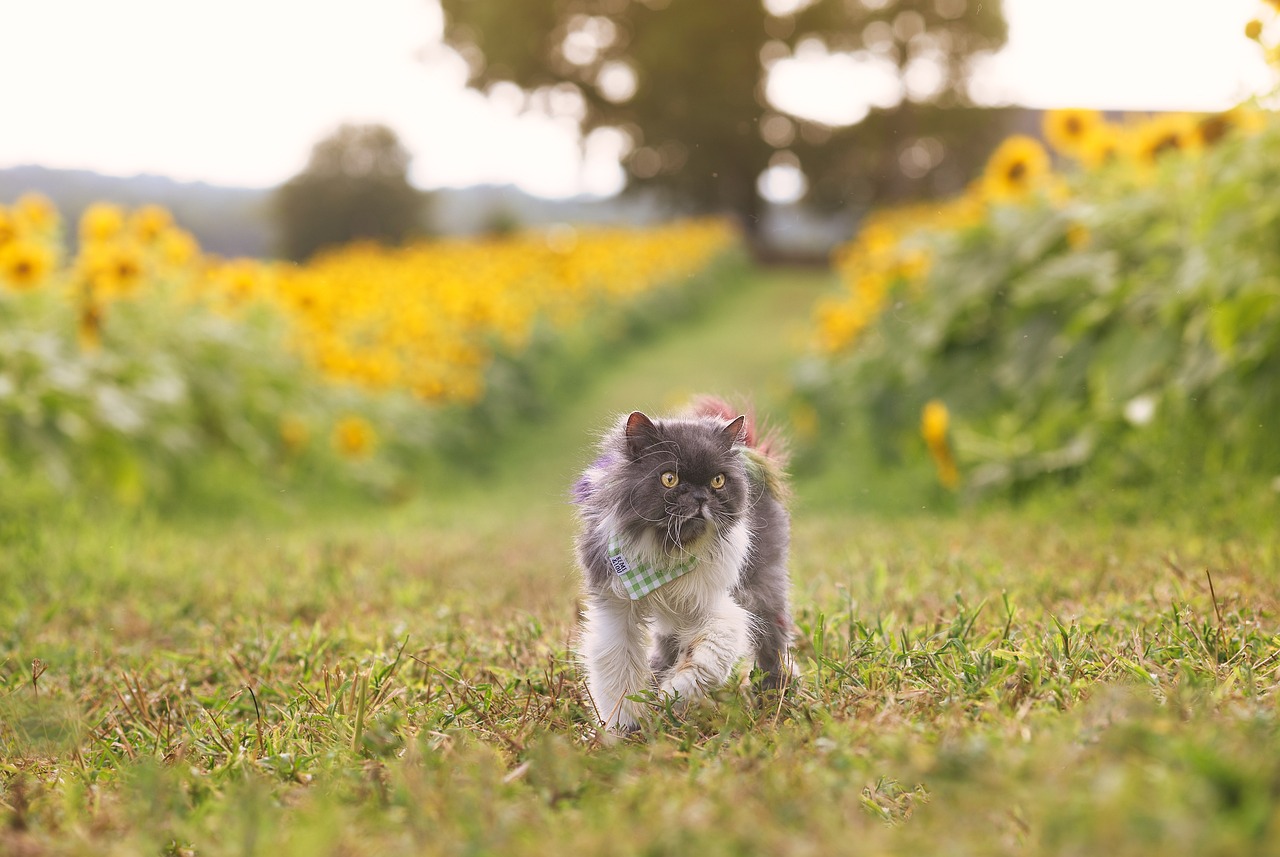
PERSIAN ORIGINS (LONG HAIR)
It is believed that longhaired cats originated in Asia. Specimens were brought to the West by travelers during the 16th century. They first reached Italy, then France and finally Great Britain. They probably came from Turkey, as they were commonly called Angora (the old name for Ankara). Later specimens, which came from Persia and Afghanistan, had a longer, denser coat and a more cobby body. With the development of breeding programs, the two distinct types we know today, the Angora and the Persian, emerged. In a book published in 1876, longhaired cats are called Asian cats. However, breeders selected the thicker, cobby type, increasingly known as the Persian, which gained popularity over the Angora. By 1901, there were 13 recognized colors, which grew to 160 varieties by the end of the 20th century. In Britain, the name was changed to “Long-hair”, but many countries continued to call the breed Persian.
PHYSICAL APPEARANCE OF PERSIAN CATS
A long-haired cobby cat with relatively short legs. A distinctive snub nose gives it a stern look, but this is offset by large round eyes that emphasize a gentle expression. The head is round and massive, with a wide skull, a round face, with a round underlying bone structure, set on a short, thick neck. The nose is short, upturned and broad, with a depression. The cheeks are full, the jaws wide and powerful and the chin is full and well developed. The ears are small, round-tipped, tilted forward and not too open at the base. They are well spaced and set low on the head, fitting (without distorting) the round contour of the head. The eyes are round and full, bright, set wide apart, giving the face a gentle expression. The tail is short but in proportion to the length of the body, carried without curve and at a lower angle than the back. The body is cobby. Medium to large in size, it is set low on the legs. The chest is deep and equally massive over the shoulders and rump, with a short, well rounded midsection and a flat back. The legs are short, thick and strong.
The coat is long and thick, standing out from the body, fine-textured, glossy and full of life. It is long all over the body, but a slight shortening of the hair on the shoulders is not uncommon in older kittens when the hair changes. The ruff is huge and continues into a deep frill between the front legs. The tufts of ears and toes are very full.
CHARACTERISTICS OF PERSIAN CATS
It is generally friendly, docile and good-natured, with a soft voice. The languid nature of the Persian has earned it a rather undeserved reputation as a sloth.
